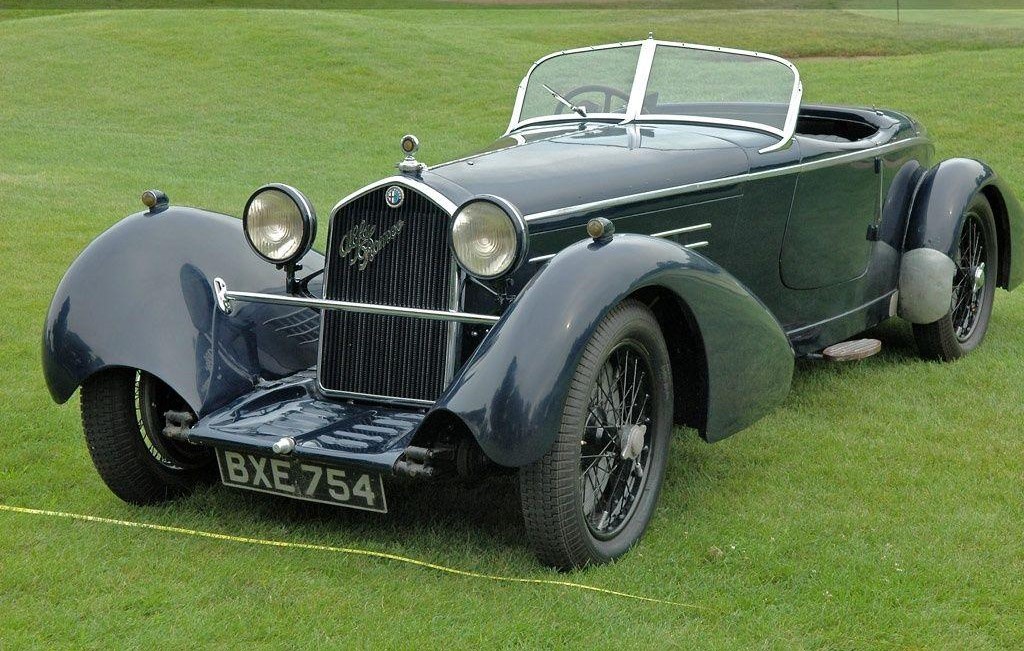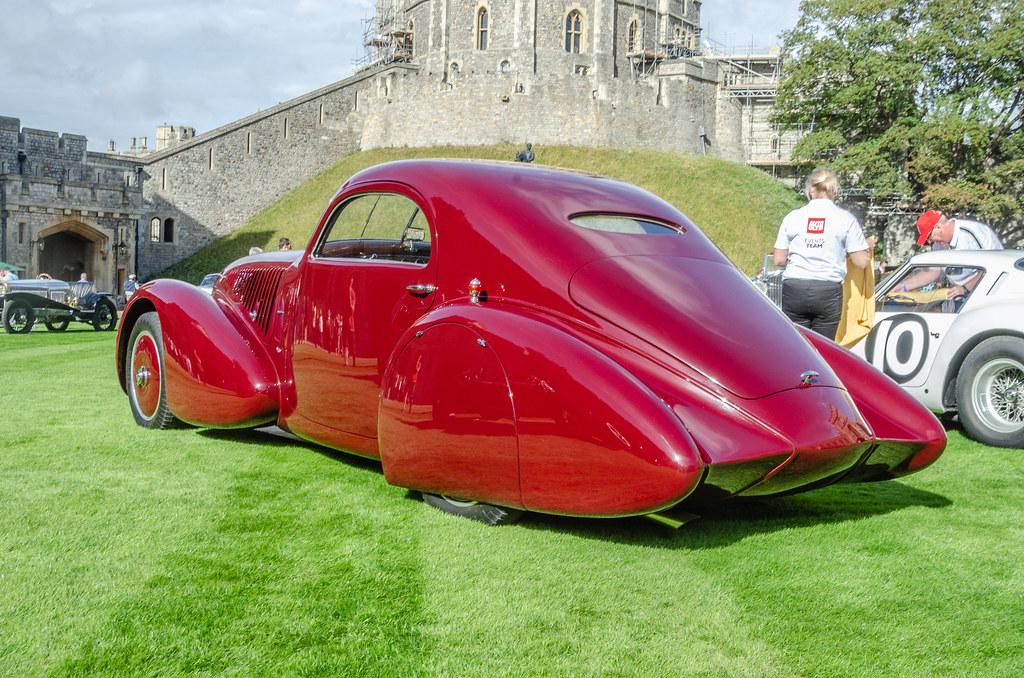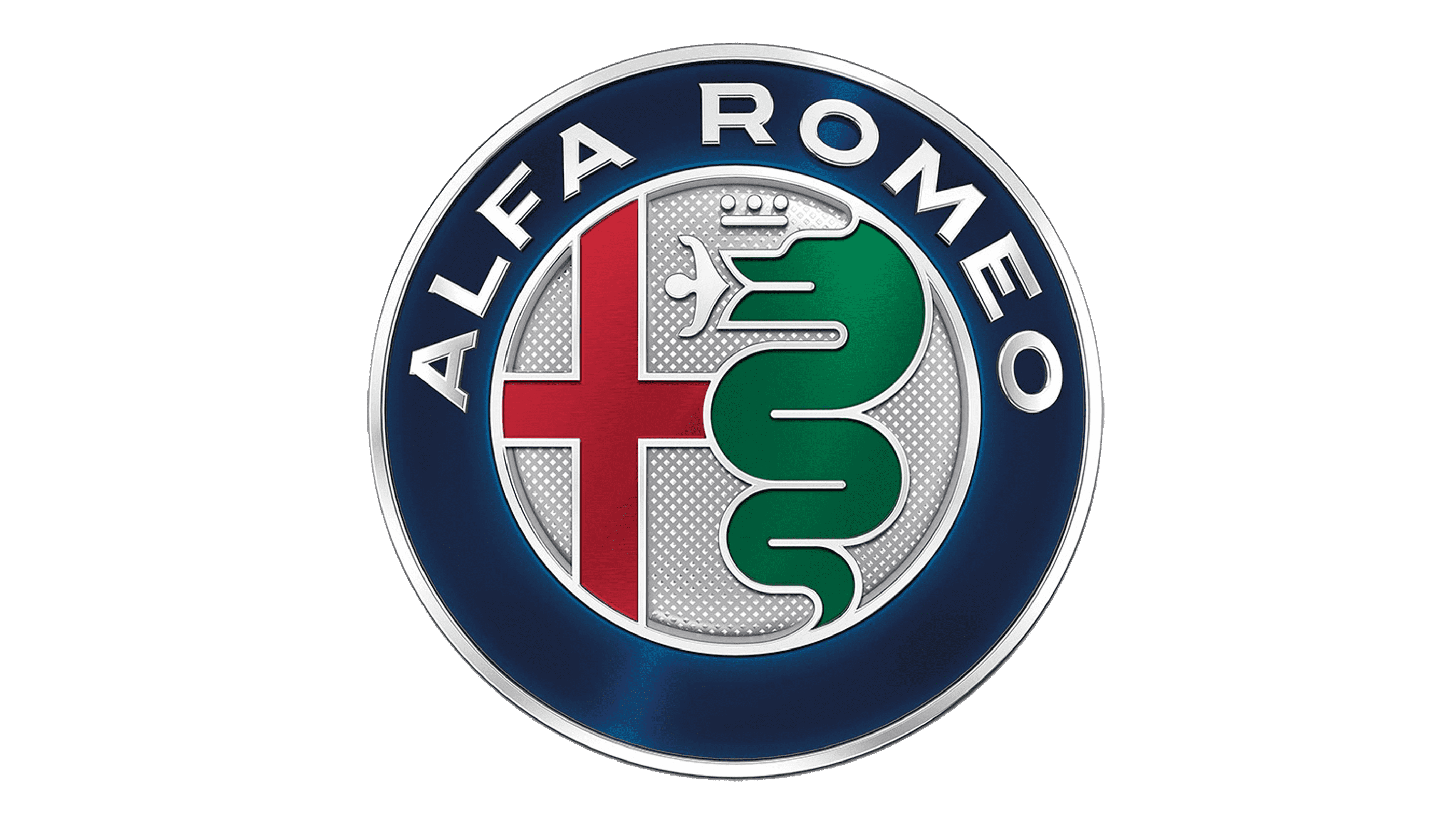1933 Alfa Romeo 8C 2300 Le Mans

The descriptions of the Classic Cars in the Directory were partly generated or supplemented with the help of artificial intelligence (AI). The content may occasionally not always be entirely accurate or factually correct despite careful checking.
The Alfa Romeo 8C 2300 Le Mans 1933 is a rare and notable car in the world of classic automobiles. It was born out of a desire to compete in the most prestigious endurance race of its time: the 24 Hours of Le Mans.
At the heart of the 8C 2300 is a powerful, twin-cam straight-eight engine with a displacement of 2.3 liters. This engine was a marvel of engineering in its day, featuring an all-aluminum construction, dry-sump lubrication, and dual ignition systems that enabled it to produce a staggering 142 horsepower. This powerplant was mated to a four-speed manual transmission and rear-wheel drive, giving the car the capability to reach top speeds in excess of 120 miles per hour.
The 8C 2300's chassis was equally impressive, featuring a lightweight yet rigid construction that was made possible by the use of intricate, hand-formed steel tubing. The car's suspension system included a front independent setup with double wishbones and an adjustable transverse leaf spring, while the rear featured a rigid axle with semi-elliptic leaf springs. Powerful hydraulic drum brakes provided stopping power, and the car's low center of gravity and aerodynamic bodywork made it nimble and responsive on the track.
In terms of aesthetics, the 8C 2300 was a beauty to behold. The car's sweeping lines and graceful curves were the work of Italian coachbuilder Carrozzeria Touring, who built the bodies for a majority of the Alfa Romeo 8C race cars. The Le Mans version had a long and low profile with a tapered tail and a distinctive concave grille that was painted a striking shade of green known as "Italian Racing Green."
The Alfa Romeo 8C 2300 Le Mans 1933 was an instant success on the racing circuit, winning the 24 Hours of Le Mans in its first year of competition and going on to dominate the European racing scene in the years that followed. Its combination of power, agility, and beauty made it a beloved car among drivers and enthusiasts alike, and its legacy endures to this day.
Milestones
- Alfa Romeo 8C 2300 was introduced at the Paris Motor Show in 1931. - The 8C 2300 model was designed by Vittorio Jano, who worked for Alfa Romeo at that time. - The car's engine had 8 cylinders and was able to reach a top speed of 220 km/h. - In 1933 the Alfa Romeo 8C 2300 won the 24 Hours of Le Mans in France, driven by Tazio Nuvolari and Raymond Sommer. - The win at the 24 Hours of Le Mans was a significant achievement for Alfa Romeo and solidified its reputation as a top performance car manufacturer. - Alfa Romeo continued to produce the 8C 2300 through 1938 in various different forms, including roadsters and sedans. - The car is considered a classic among vintage car enthusiasts and has been featured in numerous movies and television shows over the years.Technical
- Engine: 2.9-liter, eight-cylinder in-line supercharged engine - Maximum power output: 180 horsepower at 5,500 rpm - Top speed: over 130 mph - Transmission: four-speed manual gearbox, rear-wheel drive - Suspension: front independent suspension with trailing wishbones and torsion bars, rear live axle with semi-elliptic leaf springs - Brakes: hydraulic drum brakes on all four wheels - Wheelbase: 2,950 mm (116.1 in) - Length: 4,370 mm (172.0 in) - Width: 1,700 mm (66.9 in) - Height: 1,250 mm (49.2 in) - Weight: approximately 900 kg (1,984 lbs) - Body style: open two-seater with long tail - Fuel tank capacity: 120 liters (31.7 US gallons)
